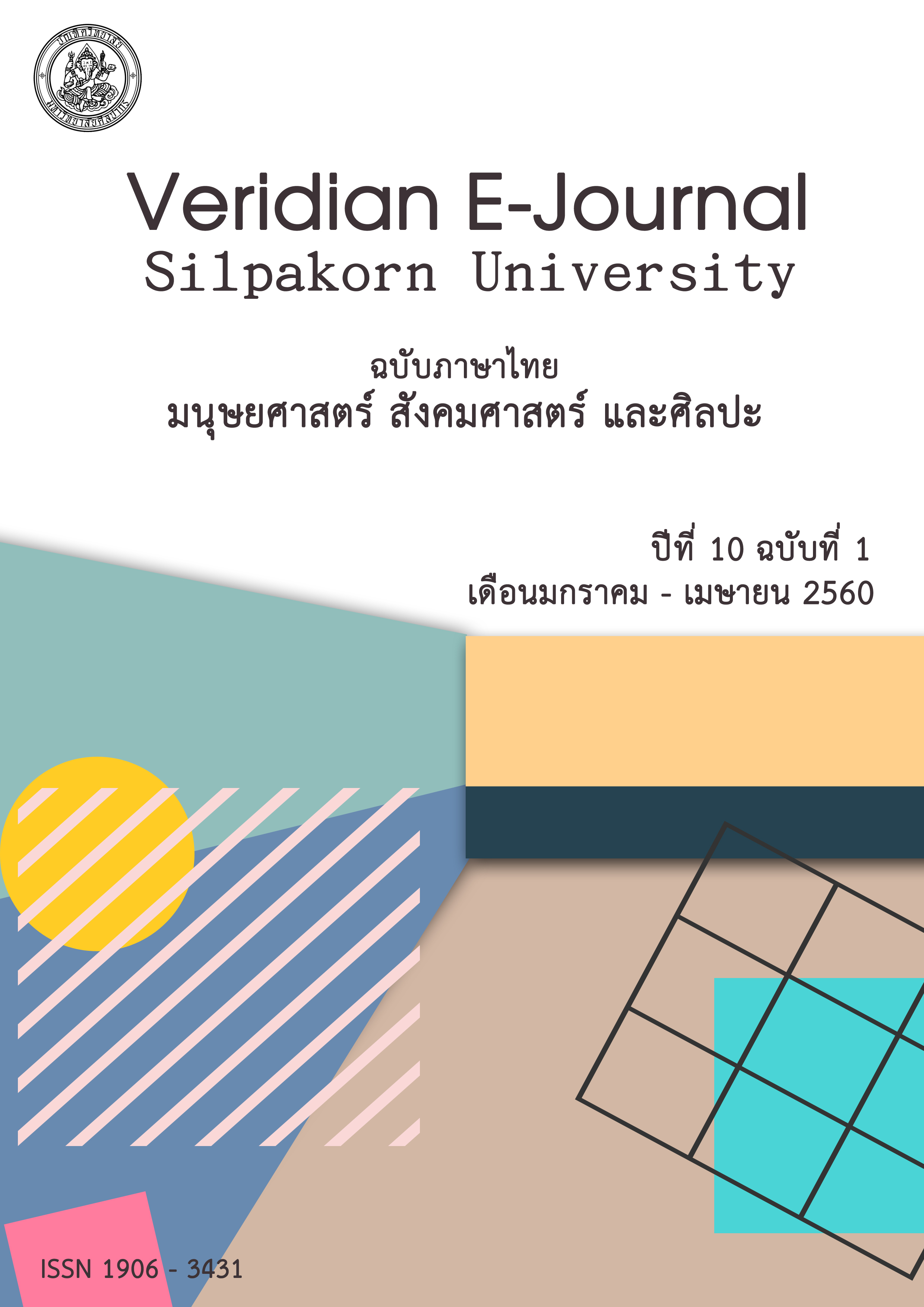การพัฒนาแนวทางการจัดการศึกษานักเรียนนายสิบตำรวจของศูนย์ฝึกอบรมตำรวจ
Main Article Content
Abstract
การวิจัยในครั้งนี้มีความมุ่งหมายเพื่อ 1) ศึกษาสภาพการจัดการศึกษานักเรียนนายสิบตำรวจของศูนย์ฝึกอบรมตำรวจ 2) เพื่อพัฒนาแนวทางการจัดการศึกษานักเรียนนายสิบตำรวจของศูนย์ฝึกอบรมตำรวจและ3) เพื่อประเมินแนวทางการจัดการศึกษานักเรียนนายสิบตำรวจของศูนย์ฝึกอบรมตำรวจ เก็บรวบรวมข้อมูลการวิจัยโดยใช้แบบสอบถามมาตราส่วนประมาณค่า 5 ระดับ มีค่าความเชื่อมั่นทั้งฉบับเท่ากับ 0.91 กลุ่มตัวอย่างที่ใช้ในการศึกษาครั้งนี้ ได้แก่ นักเรียนนายสิบตำรวจที่สำเร็จการศึกษาไปแล้ว จำนวน 248 คน ใช้วิธีสุ่มอย่างง่ายแบบแบ่งชั้นภูมิ (Stratified Random Sampling) และการสัมภาษณ์จากผู้สอนภายใน ผู้สอนภายนอกและครูฝึก จำนวน 18 คน เลือกแบบเจาะจง (Purposive Sampling) วิธีดำเนินการวิจัยแบ่งเป็น 4 ระยะ ดังนี้ ระยะที่ 1 การศึกษาสภาพการจัดการศึกษานักเรียนนายสิบตำรวจของศูนย์ฝึกอบรมตำรวจ ระยะที่ 2 การพัฒนาร่างแนวทางการจัดการศึกษานักเรียนนายสิบตำรวจของศูนย์ฝึกอบรมตำรวจ ระยะที่ 3 การตรวจสอบแนวทางการจัดการศึกษานักเรียนนายสิบตำรวจของศูนย์ฝึกอบรมตำรวจ และระยะที่ 4 การประเมินแนวทางการจัดการศึกษานักเรียนนายสิบตำรวจของศูนย์ฝึกอบรมตำรวจ และใช้สถิติในการวิเคราะห์ข้อมูล ได้แก่ ร้อยละ ค่าเฉลี่ย และส่วนเบี่ยงเบนมาตรฐาน
ผลการวิจัยพบว่า 1) สภาพการจัดการศึกษานักเรียนนายสิบตำรวจของศูนย์ฝึกอบรมตำรวจ จำเป็นต้องปรับปรุงเพื่อให้สอดคล้องกับสถานการณ์ปัจจุบัน โดยภาพรวมของสภาพการจัดการศึกษานักเรียนนายสิบตำรวจของศูนย์ฝึกอบรมตำรวจ มีค่าเฉลี่ยอยู่ในระดับปานกลาง เรียงลำดับจากมากไปหาน้อย ได้แก่ ด้านการประเมินผล ด้านวัตถุประสงค์ ด้านกิจกรรมและสื่อประกอบ และด้านเนื้อหา ตามลำดับ 2) แนวทางการจัดการศึกษานักเรียนนายสิบตำรวจของศูนย์ฝึกอบรมตำรวจ ประกอบด้วย ด้านคุณลักษณะของนักเรียนนายสิบตำรวจ ด้านการเรียนการสอน ด้านครูผู้สอน และด้านการประเมินหลักสูตร และ 3) การประเมินแนวทางการจัดการศึกษานักเรียนนายสิบตำรวจของศูนย์ฝึกอบรมตำรวจ ในภาพรวมมีความเหมาะสมสามารถนำไปใช้เป็นแนวทางการจัดการศึกษานักเรียนนายสิบตำรวจของศูนย์ฝึกอบรมตำรวจได้อยู่ในระดับมาก เรียงลำดับจากมากไปหาน้อย ได้แก่ ด้านครูผู้สอน ด้านการกำหนดคุณลักษณะนักเรียนนายสิบตำรวจ ด้านการเรียนการสอน และด้านการประเมินผล ตามลำดับ
The purposes of this research were 1) to study the informal education for the Police Lance Corporal Students of Police Training Center; 2) to develop the informal education guideline the Police Lance Corporal Students of Police Training Center; and 3) to evaluate the management guideline of the Police Lance Corporal Students of Police Training Center. The 5-rating-scaled questionnaire was applied for data collection with reliability at 0.91. The sample group included the graduated Police Lance Corporal Students for 248 persons, using Stratified Random Sampling and interview by the center’s instructors, and outsourced instructors and trainers for 18 persons, using Purposive Sampling method. The research was divided into 4 durations as follows: Duration 1 the study of the informal education for the Police Lance Corporal Students of Police Training Center; Duration 2 the development of the informal education guideline of the informal education for the Police Lance Corporal Students: Duration 3 the examination of the informal education guideline for the Police Lance Corporal Students; and Duration 4 the evaluation of the informal education for the Police Lance Corporal Students. Statistics for data analysis included percentage, mean and standard deviation.
According to the research, 1) the informal education of the Police Lance Corporal Students of Police Training Center needed to be improved in order to accord the present situation. The overall education has the mean at the medium level, sorted in order, from most to least, evaluation, objective, activity and media and content, respectively; 2) the informal education guideline of the Police Lance Corporal Students consists of qualifications of the students, learning, instructors and course evaluation; and 3) the evaluation of the informal education guideline, its overview is appropriate to be applied, with the mean at the high level, sorted in order, from most to least, instructor, student’s qualification specification, learning, and evaluation, respectively.
